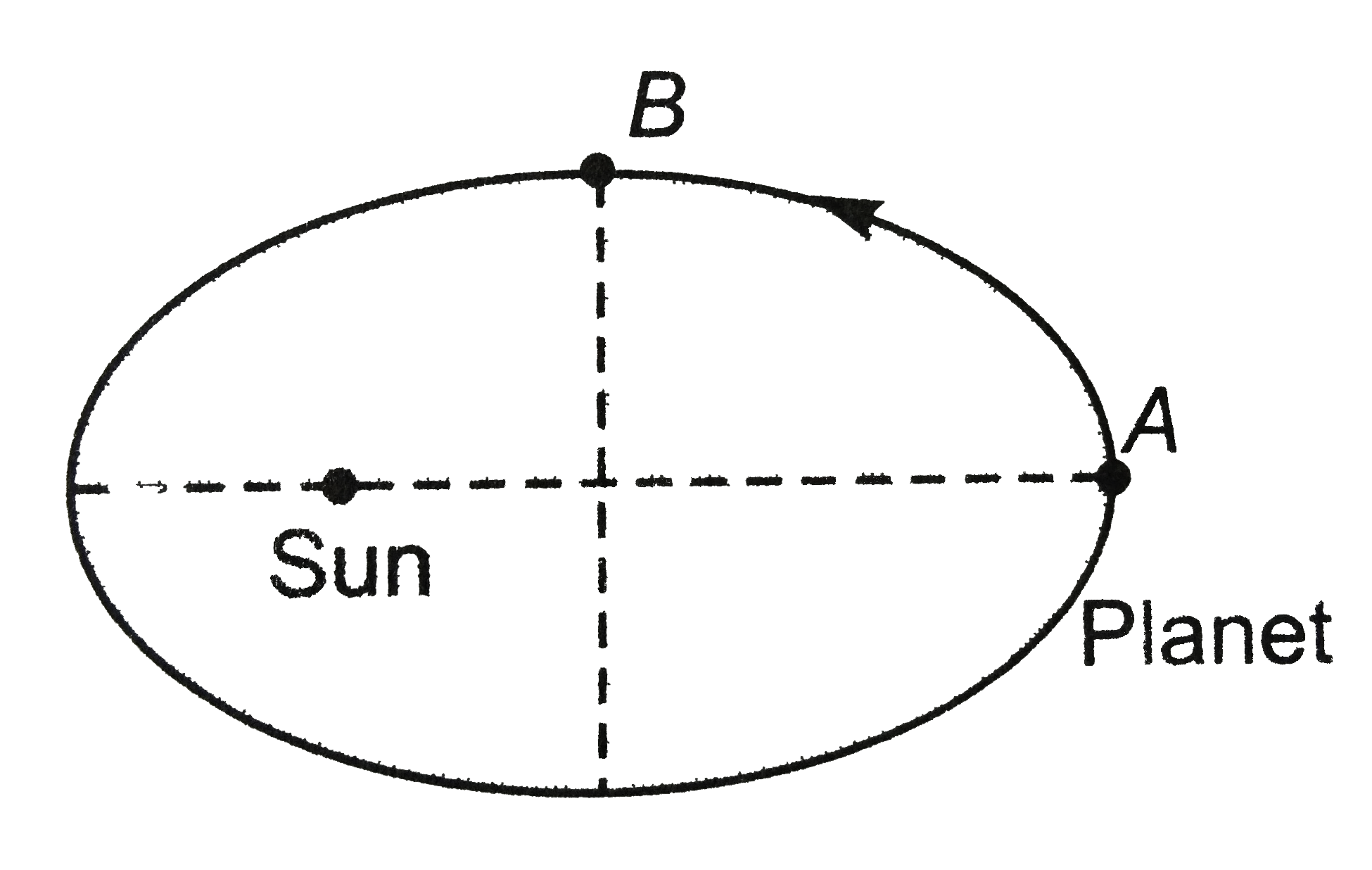Kepler's law starts that square of the time period of any planet moving around the sun in an elliptical orbit of semi-major axis (R) is directly proportional to
R
1R
R3
1R3
The correct Answer is:C
Kepler's third law states that square of the time period of any planet about the sun is directly proportional to R3.
Topper's Solved these Questions
- GRAVITATIONBOOK - DC PANDEYCHAPTER - GRAVITATIONEXERCISE - Check Point 10.2
20 Videos
- GRAVITATIONBOOK - DC PANDEYCHAPTER - GRAVITATIONEXERCISE - Check Point 10.3
15 Videos
- GRAVITATIONBOOK - DC PANDEYCHAPTER - GRAVITATIONEXERCISE - Level 2 Subjective
14 Videos
- GENERAL PHYSICSBOOK - DC PANDEYCHAPTER - GENERAL PHYSICSEXERCISE - INTEGER_TYPE
2 Videos
- KINEMATICSBOOK - DC PANDEYCHAPTER - KINEMATICSEXERCISE - INTEGER_TYPE
11 Videos
Similar Questions
Assertion : For circular orbits, the law of periods is T2∝r3, where M is the mass of sun and r is the radius of orbit.
Reason : The square of the period T of any planet about the sum is proportional to the cube of the semi-major axis a of the orbit.
View SolutionA planet is revolving around the sun in an elliptical orbit. Which out of the following remains constant.
(a) Linear speed (b) angular momentum
( c) kinetic energy (d) potential energy (e) total energy throughout its orbit.
View Solution
Knowledge Check
A planet of mass m is moving around the sun in an elliptical orbit of semi-major axis a :
AThe total mechanical energy of the planet is varying periodically with timeBThe total energ of the planet is constant and equals −GmMs2a,Ns is mass of sunCTotal mechanical energy of the planet is constant and equals −GmMsa,M2 is mass of sunDDate is insufficient of arrice at a conclusionConsider a planet moving around a star in an elliptical orbit with period T. Area of elliptical orbit is proportional to
AT4/3BTCT20DT1/2For a planet moving around the sun in an elliptical orbit, which of the following quantities remain constant ?
AThe total energy of the sun plus planet systemBThe angular momentum of the planet about the sunCThe force of attraction between the twoDThe linear momentum of the planet
For a planet revolving around Sun in an elliptical orbit, to obtain its velocity at any point we have to apply
View SolutionA plantet is moving round the sun in an elliptical orbit as shows. As the planet moves from a to B

View SolutionKepler's law of planetary motion states that the square of the time period is proportional to the
View SolutionKepler's law of planetary motion states that the square of the time period is proportional to the
View SolutionConsider that the Earth is revolving around the Sun in a circular orbit with a period T. The area of the circular orbit is directly proportional to
View Solution
